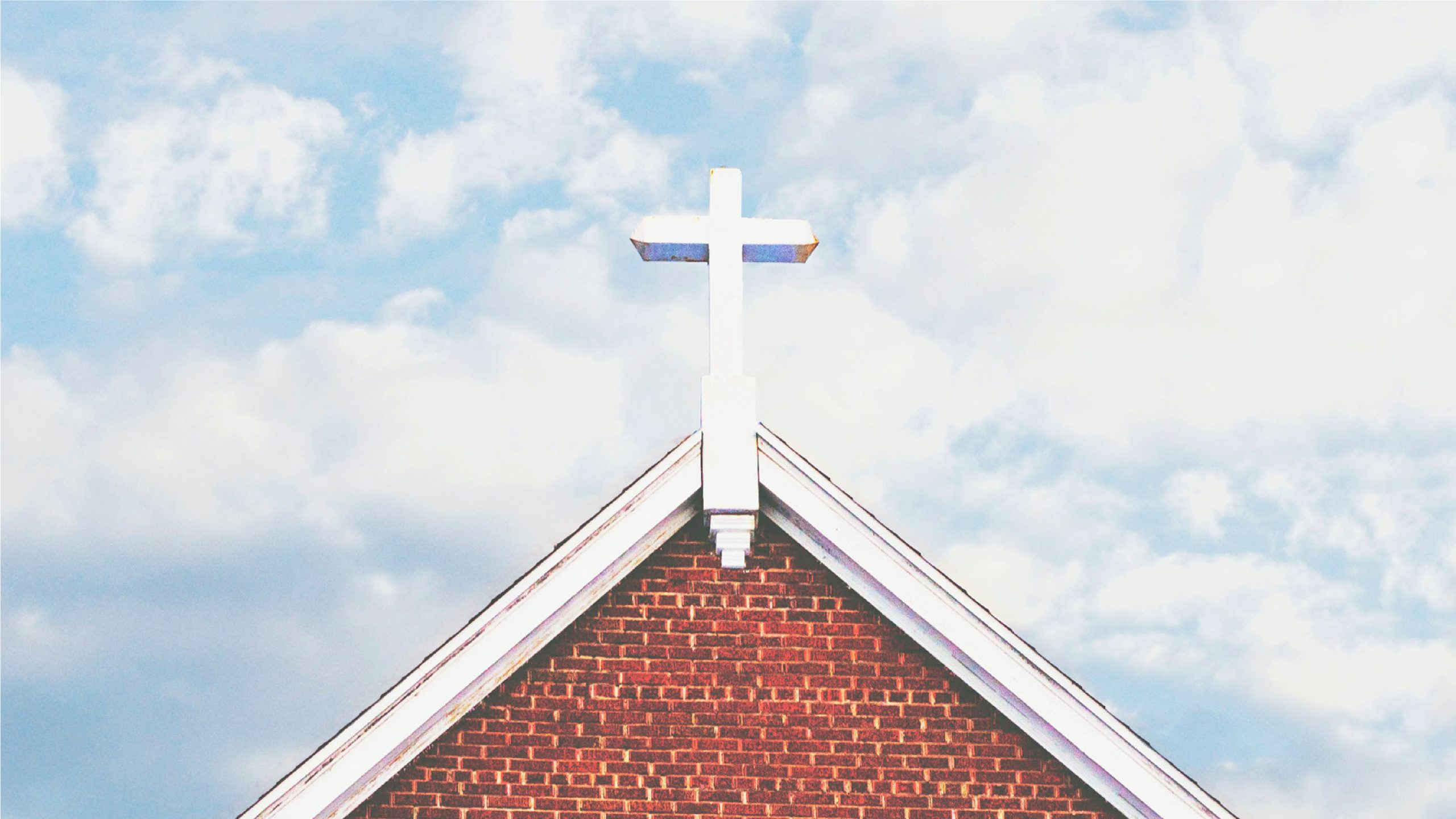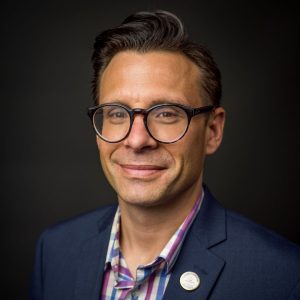One of the best traditions in our family is putting up the Christmas tree. Of course, it’s just Ann and me doing it these days. But it is still a meaningful time for us because of a tradition we started many years ago.
For years, we have collected or made a Christmas ornament as a souvenir from every trip we have taken together. This simple practice has given us a way to commemorate our travels without collecting too many trinkets. On a few occasions, we have had to create an ornament from a small piece of memorabilia (hence, the plastic woman riding a jet ski we turned into an ornament). Yes, Grandma Ann rode a jet ski and yes, she almost tossed Grandpa Jeff off the back (but that’s another story).
As our collection has grown, we have eliminated “store-bought” ornaments and now only use commemorative ornaments. These are all from past trips or other significant events in our family’s history. Every year, putting up our Christmas tree is a walk down memory lane. We pull out the ornaments, talk about the trips or events they commemorate, and share memories (like the ridiculous two-mile walk in tropical heat because I was convinced the beach was just down the block). Most of the memories are happier than that one!
Whether you adopt our plan or not, building family memories is part of creating a healthy family legacy. Most families have their struggles, and those tend to stand out and get more attention. Why not find a way to memorialize your positive experiences and make those a vital part of the stories you tell, the history you repeat, and the narrative you live? While you may not use our Christmas ornament method, find a way to celebrate the memories that define the best aspects of your family.
Collective memories, what is sometimes called institutional or community memories, are one way we connect to meaning in life greater than our personal experience. That’s why rehearsing the Christmas story every year, even though we know how it turns out, is such an important part of our collective faith. It connects to the core elements of what it means to be a Christian—personal, simple devotion to a Savior and Lord who identifies with us in our humanity and frailty—to the global Christian community.
So go to church this week. Hear the same story you have heard many times. Let it connect you, in a fresh way, to your community and the Christian community through the ages. That’s a good memory to celebrate this week!
Read More

The Gateway Journal of Theology Inaugural Issue
Read all new articles in the inaugural issue of The Gateway Journal of Theology.

Lessons from Twenty-Five Years of Preaching God’s Word
I am unashamedly an expository preacher. My first sermon, however, was not.
Listen
Jonathan and Sarah Edwards with Nathan Finn
Dr. Nathan Finn came to Gateway to give a talk on Sarah and Jonathan Edwards’s Marriage during a Night Life Event. He joined Tyler Sanders on the podcast to give a brief overview of the meaning of Sarah and Jonathan’s Marriage, the four major interpretations of their

The Blank Bible and Jonathan Edwards’s Biblical Typology with Cameron Schweitzer
Dr. Cameron Schweitzer joins the JEC Podcast to discuss his work on Edward’s Typology and the ‘Blank Bible’ and to talk about his book, “Towards a Clearer Understanding of Jonathan Edwards’s Biblical Typology: A Case Study in the ‘Blank Bible’

Watch

Jonathan Edwards and the Asbury Revival
Chris Chun and Chris Woznicki discuss the signs of true revival, signs of the work of the Holy Spirit, and why it is important to critically assess the characteristics of revival in a spirit of charity.

Jonathan Edwards and the Baptists | Douglas Sweeney, Nathan Finn and Chris Chun
Dr. Douglas Sweeney and Dr. Nathan Finn joined Dr. Chris Chun for a panel discussion on Jonathan Edwards, recorded live at the SBC Annual Meeting in Anaheim.




